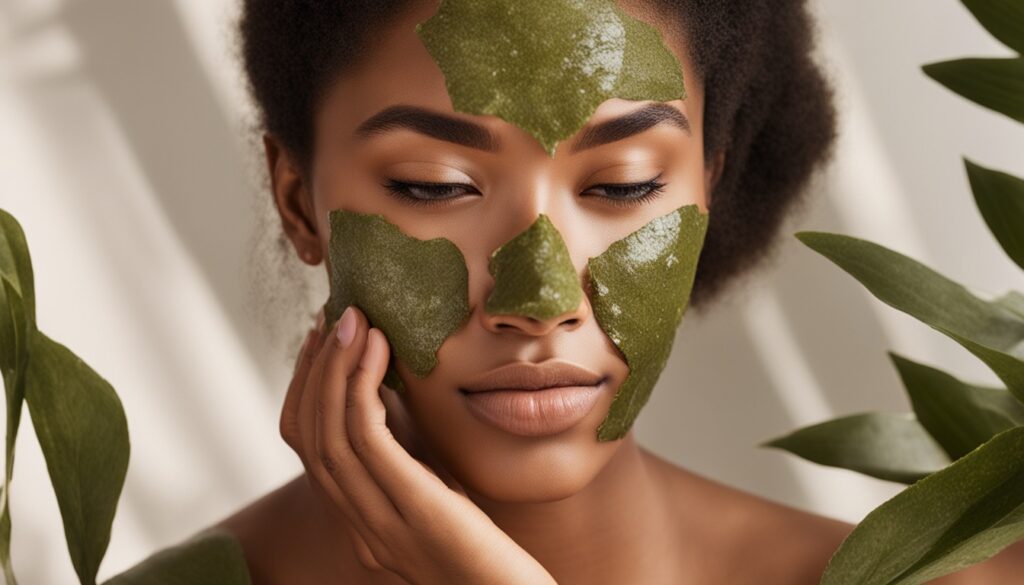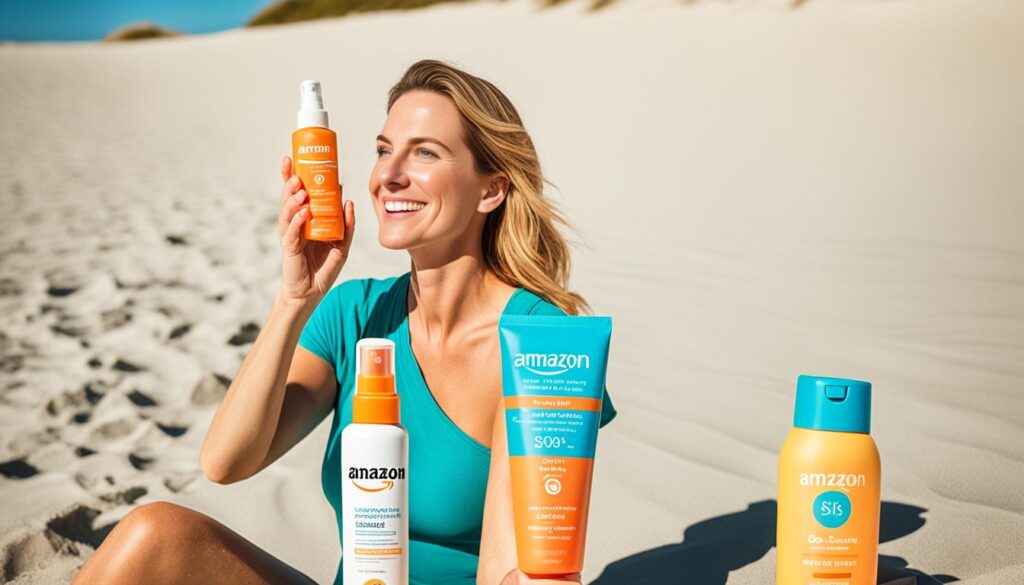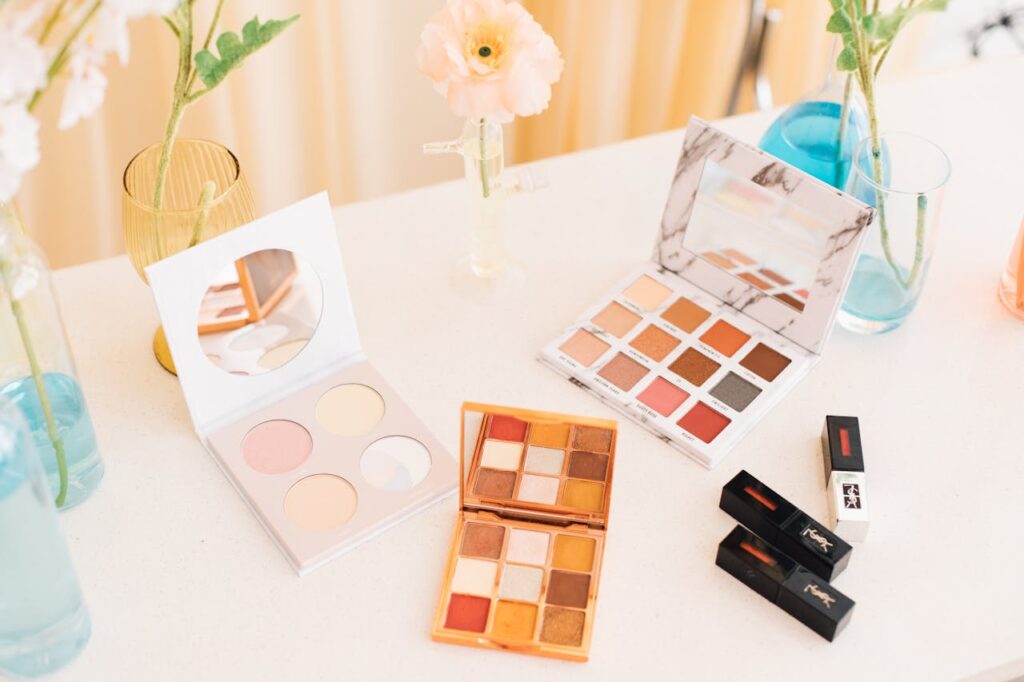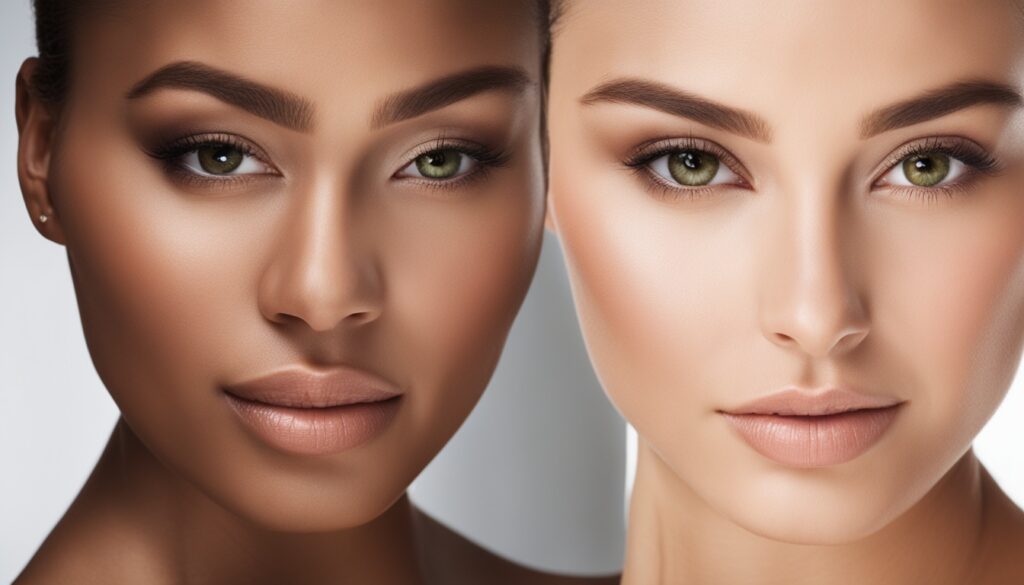
Dealing with acne can be tough and ongoing. But, you can get clearer, healthier skin with the right steps. This guide offers tips and solutions for those with oily skin, clogged pores, or constant blemishes.
Acne is a common skin issue that affects people of all ages. It can come from hormonal changes, too much oil, or certain habits. Knowing what causes acne helps you create a skincare plan. You can use ingredients that fight acne to keep your skin clear.
Many people deal with acne, especially in their teens and early twenties. Knowing what causes acne can help you manage your skin better. This leads to clearer, healthier skin.

Causes and Triggers
Acne happens for many reasons, like too much oil, clogged pores, and bacteria. Hormonal shifts, stress, some medicines, and diet can also lead to acne.
- Overactive sebaceous glands that produce excess oil
- Buildup of dead skin cells that clog pores and trap oil
- Proliferation of Propionibacterium acnes, the bacteria that can cause inflammation
- Hormonal fluctuations, especially during puberty, menstrual cycles, and pregnancy
- Stress, which can increase oil production and inflammation
- Certain medications, such as corticosteroids and lithium
- Consuming a diet high in pore-clogging foods, such as processed carbohydrates and dairy products

Know Your Acne-Fighting Ingredients
Getting clear skin often means using the right ingredients. Salicylic acid and benzoyl peroxide are top choices. They target the main causes of acne, fighting breakouts from both sides.
Salicylic Acid and Benzoyl Peroxide
Salicylic acid helps clear pores by exfoliating the skin. It makes blackheads and whiteheads less visible. Benzoyl peroxide fights bacteria that cause acne. Together, they offer a strong solution for clearer skin.
Using both natural and synthetic ingredients can help clear skin. Knowing what each does lets people choose the best for their skin. This way, they can fight acne effectively and get the results they want.
| Ingredient | Benefits | Potential Side Effects |
|---|---|---|
| Salicylic Acid | – Exfoliates the skin – Unclogs pores – Reduces the appearance of blackheads and whiteheads | – Dryness – Irritation |
| Benzoyl Peroxide | – Eliminates acne-causing bacteria – Reduces inflammation – Dries out pimples | – Dryness – Redness – Bleaching of fabrics |
| Tea Tree Oil | – Antimicrobial properties – Reduces inflammation – Balances oil production | – Skin irritation – Allergic reactions0 |

Top Hyaluronic Acid Products for Acne Prone Skin
Hyaluronic acid is a game-changer for acne-prone skin. It hydrates and plumps the skin and has anti-inflammatory properties to reduce blemishes. We’ll look at the best hyaluronic acid products for acne-prone skin.
The Neutrogena Hydro Boost Water Gel is a great choice. It’s lightweight and oil-free, providing hydration without clogging pores. Hyaluronic acid in it helps balance the skin’s moisture, making it soft and less likely to break out.
The La Roche-Posay Effaclar Duo[+] Acne Treatment targets acne from both sides. It uses hyaluronic acid and salicylic acid. This combo unclogs pores, reduces inflammation, and makes blemishes less visible.

Easy Skincare Routine
For those with acne-prone skin, a special skincare routine is key. The right steps and products can help control breakouts and keep your skin clear and healthy. Let’s look at the must-haves for a good skincare routine for acne-prone skin.
Cleanse Gently
Start with a gentle, non-comedogenic cleanser. Stay away from harsh cleansers that dry out your skin, as they can make it produce more oil and cause more breakouts. Choose skincare routine products made for acne-prone skin.
Exfoliate Wisely
Exfoliating gently is important to clear pores and remove dead skin. Use a non-comedogenic exfoliant a few times a week. But don’t overdo it, as it can make your skin irritated.
Moisturize with Care
Even acne-prone skin needs moisture. Pick an oil-free and non-comedogenic moisturizer to balance your skin and stop it from making too much oil.
Protect with Sunscreen
Using a broad-spectrum sunscreen is key for acne-prone skin. The sun can make inflammation and discoloration worse, so protect your skin from UV rays.
Your skincare routine should fit your skin type and needs. Try different products and methods to find what works best for you.0

3 Best Sunscreen At Amazon
Choosing the right sunscreen is key to protecting your skin from the sun’s harmful UV rays. Amazon has many top-rated sunscreens that offer great protection. Here are three of the best best sunscreens on amazon, top rated sunscreens on amazon, and highly reviewed amazon sunscreens to think about:
- Neutrogena Ultra Sheer Dry-Touch Sunscreen: This sunscreen is lightweight and doesn’t feel greasy. It has SPF 100+ protection and is water-resistant for 80 minutes. It leaves a matte finish, making it a favorite among best sunscreens on amazon and top rated sunscreens on amazon users.
- La Roche-Posay Anthelios 60 Melt-In Sunscreen Milk: This sunscreen is perfect for sensitive skin. It offers SPF 60 protection without irritating your skin. Its silky texture and easy application make it a top pick among highly reviewed amazon sunscreens.
- Coppertone Sport Sunscreen: This sunscreen is great for those who love outdoor activities. It has SPF 50 protection that lasts up to 80 minutes, even when sweating or swimming. It’s a hit among best sunscreens on amazon and top rated sunscreens on amazon for its effectiveness and good price.

Makeup and Acne Prone Skin
Choosing the right makeup is crucial for acne-prone skin. Look for non-comedogenic products that won’t clog pores. Here are some tips for a makeup routine that won’t worsen breakouts.
Opt for Oil-Free and Non-Comedogenic Foundations
For acne-prone skin, oil-free and non-comedogenic foundations are ideal. These formulas help avoid clogged pores and reduce breakouts. Always check for “non-comedogenic” or “oil-free” on the label to match your skin type.
Conceal Blemishes Strategically
- Use a green-tinted color correcting concealer to neutralize redness from active breakouts.
- Apply a non-comedogenic, lightweight concealer only on the affected areas, avoiding the surrounding healthy skin.
- Gently pat the concealer into the skin, rather than rubbing, to prevent further irritation.
Powder with Care
Setting powder can control shine and matte your skin, but choose a non-comedogenic one. Stay away from heavy powders that can clog pores. Opt for a finely milled, oil-absorbing powder instead.
| Makeup Product | Recommendation for Acne-Prone Skin |
|---|---|
| Foundation | Oil-free, non-comedogenic formula |
| Concealer | Green-tinted color corrector and non-comedogenic, lightweight concealer |
| Powder | Finely milled, oil-absorbing, non-comedogenic powder |
Choosing the right makeup is key for acne-prone skin. Opt for formulas that won’t clog pores. By following these tips, you can get a flawless look while taking care of your acne-prone skin.

Acne-Prone Makeup Kits: The Key to Flawless Coverage
For those with blemish-prone skin, finding the right makeup can be tough. Luckily, there are now many acne-prone makeup kits made just for you. They meet the special needs of those fighting breakouts.
These kits have a variety of acne-safe makeup products. You’ll find oil-free foundations, concealers, and powders. They work together to cover without clogging pores or making acne worse. Some kits even have ingredients like salicylic acid or benzoyl peroxide. These kits help treat and prevent breakouts.
Choosing makeup for blemish-prone skin kit can boost your confidence. It helps you look flawless while taking care of your skin. These kits make it easy to find the right makeup for your acne-prone skin.
Got Acne? What Foods To Stay Away From
If you’re dealing with acne, watch what you eat. Some foods can make acne worse, causing more breakouts. We’ll talk about foods to limit or avoid for clearer skin.
Prioritize a Balanced, Acne-Friendly Diet
Knowing which foods cause acne is key. Foods that trigger acne can be cut down or removed. This helps fight acne and leads to better skin.
- Refined carbohydrates and sugary treats: These can spike insulin levels, leading to increased inflammation and sebum production, which exacerbates acne.
- Dairy products: Certain dairy items, such as milk and ice cream, contain hormones that can trigger breakouts.
- Greasy, fried, and processed foods: These can clog pores and contribute to the development of acne.
- High-glycemic index foods: Foods that rapidly raise blood sugar levels, like white bread and pasta, can worsen acne.
Choosing wisely can help manage your skin health. Avoiding foods that cause acne is a good step.

Knowing how dairy affects acne helps people make better food choices. Trying dairy-free options and eating well can fight hormonal acne.
5 Drinks That Is Bad for Acne Prone Skin
Dairy products are often linked to acne, but other drinks can also cause breakouts. Sugary, caffeinated, and high-glycemic drinks can harm acne-prone skin. Let’s look at these drinks and their effects on skin.
Sugary Drinks: A Sweet Nightmare for Acne
Sodas and fruit juices have a lot of sugar. This sugar makes insulin levels go up, causing inflammation and more oil in the skin. This can lead to acne and make existing blemishes worse.
Caffeine Conundrum: The Acne Connection
Caffeinated drinks like coffee and energy drinks can hurt acne-prone skin. Caffeine messes with hormone balance, causing more oil and clogged pores. It also dries out the skin, making it inflamed and dry.
High-Glycemic Beverages: A Roller Coaster Ride for Skin
Drinks with a high glycemic index, like some fruit juices and sweetened teas, can quickly raise blood sugar. This can start an inflammatory response, which can lead to acne. It’s important to avoid these drinks for clear, healthy skin.

Tips On How To Get The Proper Rest
Getting good sleep is key to feeling your best. There are many ways to improve your sleep. One great method is to use relaxation techniques like deep breathing or muscle relaxation before bed. These can calm your mind and body, helping you sleep better.
Changing your daily habits can also help. Try to cut down on caffeine and screen time before bed. Also, stick to a regular sleep schedule. A comfy sleep space with the right temperature, lighting, and quiet can make sleeping easier.
Being active during the day can also help you sleep better. But, don’t exercise too hard before bed. It can keep you awake. Instead, try some gentle stretches or yoga in the evening to relax and get ready for sleep.
Conclusion
Hyaluronic acid has changed the game for acne-prone skin. It brings hydration and moisture balance, and it fights inflammation. This ingredient is a must-have for your skincare routine.
The best hyaluronic acid products are here to help those with acne-prone skin. You can find serums, moisturizers, cleansers, and toners that work well together. Adding these to your daily skincare can make your skin look healthy and glowing.
Using hyaluronic acid is a key step to better skin health. Check out the recommended products and start your journey to clearer, fresher skin. You’ll feel more confident and empowered. Your skin’s health is important, so make sure hyaluronic acid is part of your skincare routine.

